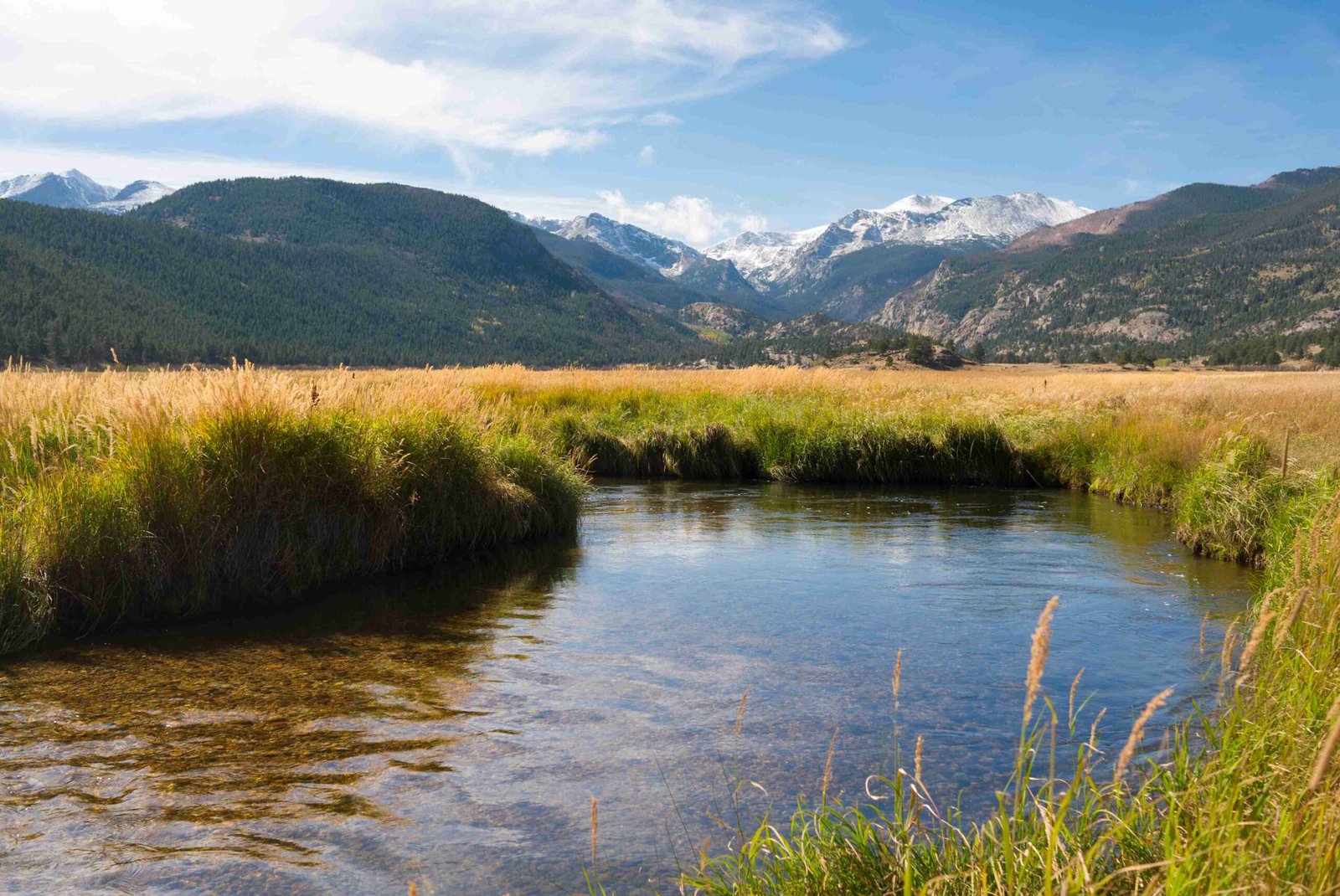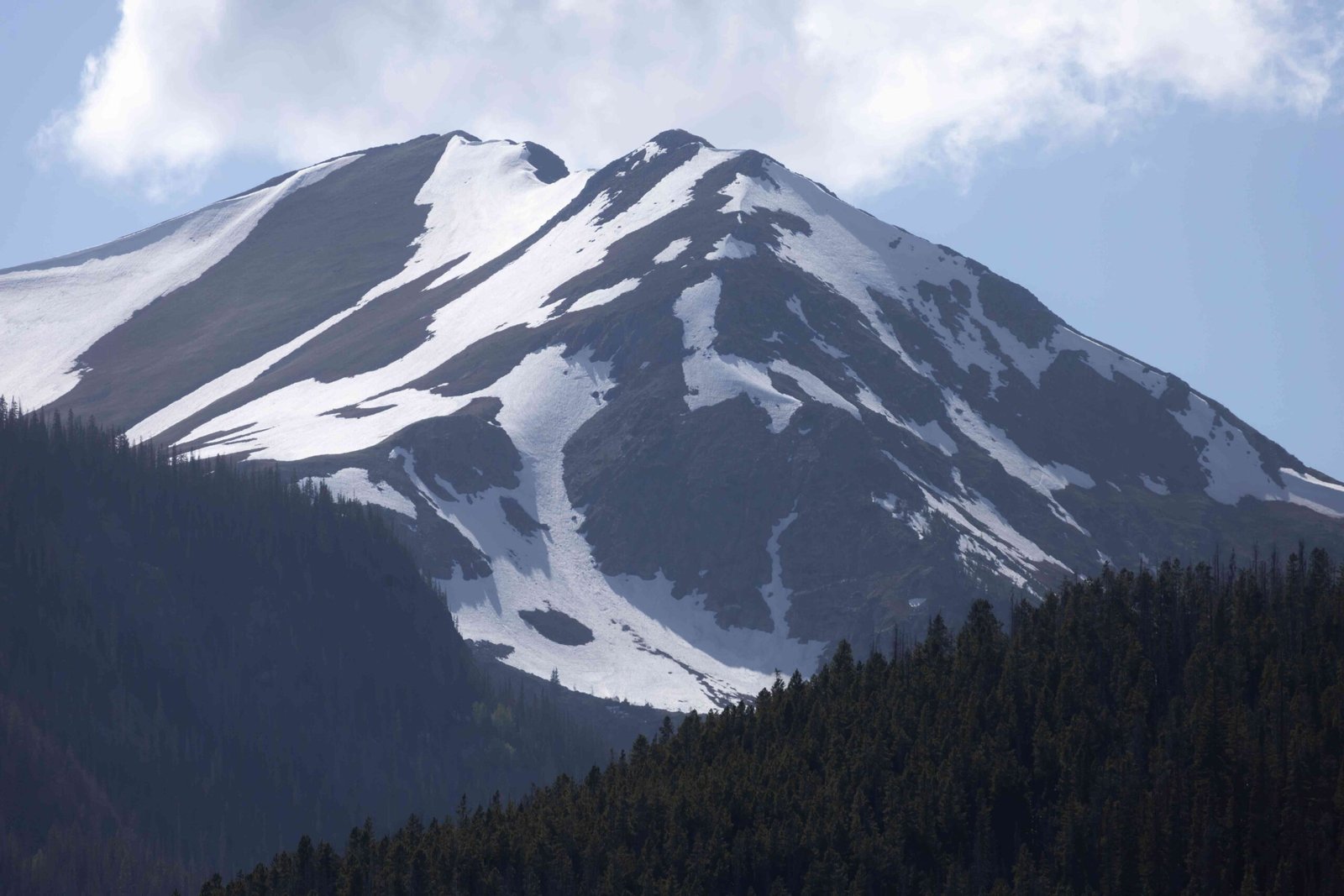Bathing in a lake at Rocky Mountain National Park is a complex topic due to safety concerns and park regulations. While swimming is not explicitly prohibited, it’s discouraged due to cold water temperatures, potential hazards, and environmental considerations. This guide provides crucial information on regulations, safety measures, and alternatives for visitors interested in water activities within the park.
What Are the Regulations for Lake Swimming in Rocky Mountain National Park?

Rocky Mountain National Park has specific regulations regarding lake swimming:
- No designated swimming areas exist in the park’s lakes
- Swimming is not prohibited but strongly discouraged
- General park entrance fees apply, but no specific swimming permits are required
- Camping and other activities may need additional permits
Which Lakes Are Best for Bathing in Rocky Mountain National Park?

While swimming is not recommended, some lakes are more accessible than others:
- Bear Lake
- Popular destination
- Close to parking areas
-
Better suited for hiking and scenic viewing
-
Sprague Lake
- Easily accessible
- Picnic areas nearby
- Primarily for wildlife viewing and hiking
It’s important to note that these lakes are not designed or maintained for swimming activities.
What Are the Water Temperatures in Rocky Mountain National Park Lakes?
Water temperatures in the park’s lakes are consistently cold:
| Season | Temperature Range |
|---|---|
| Summer | 50°F – 60°F (10°C – 15°C) |
| Spring/Fall | 40°F – 50°F (4°C – 10°C) |
| Winter | Near freezing |
Factors affecting water temperature:
– Elevation (higher elevation = colder water)
– Season (slightly warmer in summer, but still cold)
– Depth of the lake
What Safety Precautions Should Be Taken When Near Lakes in Rocky Mountain National Park?
When near lakes in Rocky Mountain National Park, consider these safety measures:
- Wildlife awareness
- Keep a safe distance from animals
- Never feed wildlife
-
Store food properly
-
Water hazards
- Be cautious of strong currents
- Watch for underwater obstacles
-
Beware of sudden depth changes
-
Weather considerations
- Check forecasts before heading out
- Be prepared for rapid weather changes
-
Seek shelter during thunderstorms
-
General safety tips
- Inform someone of your plans
- Carry appropriate gear (first aid kit, extra clothing)
- Stay on designated trails
Are There Alternatives to Lake Bathing in Rocky Mountain National Park?
Instead of lake bathing, consider these alternatives:
- Scenic photography
- Capture stunning lake reflections
-
Best times: early morning or late afternoon
-
Fishing (with proper permits)
- Various trout species available
-
Fly fishing popular in some areas
-
Picnicking by the lakeside
- Enjoy scenic views
-
Use designated picnic areas
-
Kayaking or canoeing (where permitted)
- Rent equipment outside the park
- Check regulations before planning
How Can Visitors Responsibly Enjoy Water Features in Rocky Mountain National Park?
To responsibly enjoy water features:
- Practice Leave No Trace principles
- Pack out all trash
- Stay on designated trails
-
Respect wildlife and plant life
-
Observe from a distance
- Use binoculars for wildlife viewing
-
Avoid disturbing natural habitats
-
Participate in ranger-led programs
- Learn about aquatic ecosystems
-
Gain insights into park conservation efforts
-
Support park conservation
- Donate to park foundations
- Volunteer for cleanup or restoration projects
What Should Visitors Know About Water Quality in Rocky Mountain National Park?
Understanding water quality is crucial:
- Park does not monitor lake water for swimming purposes
- Natural water sources may contain harmful bacteria
- Treat all water before drinking, even if it looks clean
- Use water filtration systems or purification tablets for drinking water
How Does Climate Change Affect Lakes in Rocky Mountain National Park?
Climate change impacts on park lakes include:
- Altered water levels
- Increased evaporation
-
Changes in snowmelt patterns
-
Temperature changes
- Warmer water temperatures
-
Potential impacts on aquatic life
-
Ecosystem shifts
- Changes in plant and animal species
- Potential increase in invasive species
Visitors can help by supporting park conservation efforts and practicing environmentally friendly behaviors during their visit.
While bathing in a lake at Rocky Mountain National Park is not recommended, visitors can still enjoy the park’s beautiful water features responsibly. By understanding the regulations, safety concerns, and alternative activities, you can have a memorable and safe experience in this stunning natural environment.
References:
1. Swift Water Safety – Rocky Mountain National Park
2. Swimming Safety – National Park Service
3. Rocky Mountain National Park Information

